The Dragon spacecraft is redefining the future of orbital missions, space logistics, and human spaceflight. Capable of carrying up to 7 passengers and returning large amounts of cargo from space, it’s more than just a capsule—it’s a technological milestone. Developed by SpaceX, the Dragon spacecraft holds the title of the first private vehicle to take humans to the International Space Station (ISS) and is currently the only spacecraft flying that can return significant cargo to Earth.
In fact, Dragon isn’t just a cool-looking capsule—it’s the only spacecraft currently flying that can return significant cargo from orbit to Earth. It’s also the first private spacecraft to carry humans to the ISS. And yes, it can seat up to 7 passengers.
Let’s dive into why this revolutionary Dragon spacecraft is making headlines, influencing industries, and redefining how we think about space.
🐉 What Makes the Dragon Spacecraft Revolutionary?
When we say “revolutionary,” we mean it. The Dragon spacecraft is more than a transportation vehicle—it’s a reusable spacecraft developed entirely by SpaceX. Unlike most capsules used for single-use missions, the Dragon spacecraft can be reused, reducing costs and increasing access to orbit for both crew and cargo missions.
Here’s what sets it apart:
- ✅ Carries up to 7 people—more than most capsules.
- ✅ Returns cargo to Earth, something no other active spacecraft can do.
- ✅ Proven track record: Dragon has flown dozens of missions to space.
- ✅ Only private craft to dock with the ISS with both crew and cargo.
- ✅ Fully autonomous docking with manual override for safety.
These features make the Dragon spacecraft a powerful player in not just government-led missions, but also commercial, academic, and possibly future tourism flights.
🧑🚀 A Capsule That Made History
The Dragon spacecraft made global headlines in May 2020, when it became the first private spacecraft to carry humans to the space station during NASA’s historic Demo-2 mission. Astronauts Doug Hurley and Bob Behnken rode Crew Dragon to the ISS, launching from U.S. soil for the first time since the Space Shuttle program ended in 2011.
That launch didn’t just revive America’s crewed spaceflight—it ushered in a new era of public-private partnership in space exploration.
📦 Only Craft Returning Cargo: Why That Matters
You might wonder why cargo return matters. Isn’t space mostly about satellites and astronauts?
Here’s the deal:
- Space experiments, especially biological ones, need to return to Earth for analysis.
- ISS cargo, such as data drives, faulty hardware, or even lab-grown tissue samples, need a safe ride back.
- Medical research conducted in microgravity often has Earth applications in healthcare, biotech, and pharmaceuticals.
The Dragon spacecraft is the only spacecraft currently flying that can deliver large quantities of cargo from the ISS back to Earth—and that’s a massive advantage for industries invested in space-based R&D.
🌍 How Dragon Impacts Life on Earth
Dragon isn’t just about big headlines and rocket launches—it’s actively shaping the world we live in:
🔬 Accelerating Innovation
Thanks to its return capability, experiments on microgravity drug development, 3D printing, and stem cell growth can be analyzed quickly, speeding up timelines for breakthroughs in medicine and tech.
🚚 Enabling Space Logistics
As space becomes more commercial, the ability to transport equipment, data, and samples both ways creates an ecosystem where low Earth orbit (LEO) is not a dead end but a bustling highway.
🧳 Prepping for Space Tourism
With its 7-seat configuration and history of safe crewed missions, Dragon sets the stage for future space tourism. Imagine businesses or civilians renting capsule seats for zero-gravity missions or orbital stays.
🔄 Reusability: A Sustainability Win
One of the most revolutionary aspects of Dragon is its reusability. In a world increasingly focused on sustainability and efficiency, a spacecraft that can return, be refurbished, and fly again is no small feat.
- Fewer materials are wasted.
- Costs per mission are significantly reduced.
- Launch cadence becomes faster—great for research, defense, and communications.
Dragon’s design philosophy aligns with SpaceX’s long-term goal: making life multi-planetary by developing efficient, cost-effective space travel tech.
🛰️ What’s Next for Dragon?
SpaceX continues to evolve the Dragon program. With Crew Dragon handling human flights and Cargo Dragon supporting supply missions to the ISS, the company is pushing toward even more advanced use cases—including:
- Private astronaut missions (like the Inspiration4 flight)
- Commercial space stations in partnership with NASA and Axiom Space
- Lunar support missions alongside the upcoming Starship rocket
As space becomes more accessible, Dragon will likely serve as a critical link between Earth and orbital infrastructure.
🗣️ Join the Conversation: How Do You See the Future of Spaceflight?
Whether you’re a space enthusiast, a startup founder in biotech, or just someone who dreams of seeing Earth from orbit, the revolutionary Dragon spacecraft is a sign that the future isn’t light-years away—it’s happening right now.
🗨️ What would you send into orbit—or bring back—if you had access to Dragon?
👇 Drop your thoughts in the comments below.
📢 Share this post if you believe the future of space should be as accessible as the sky above us.

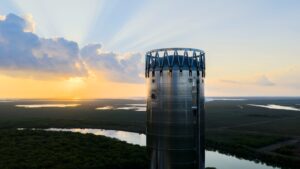
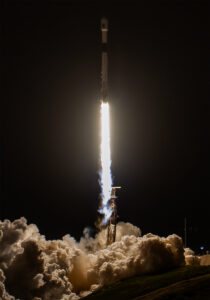
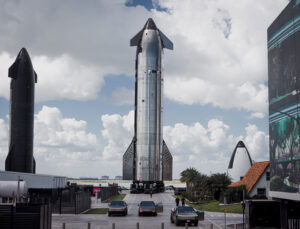
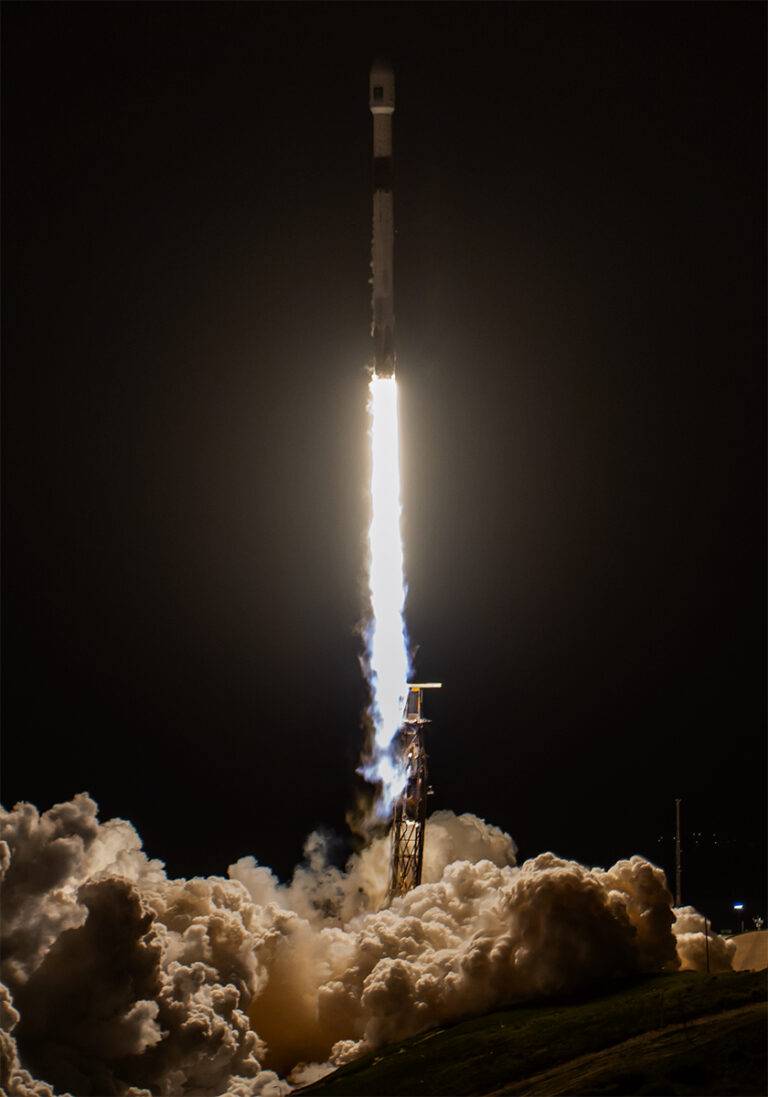

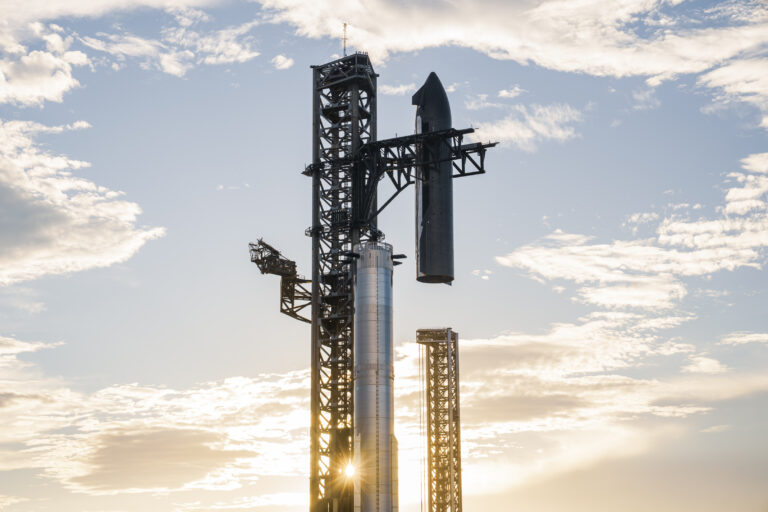




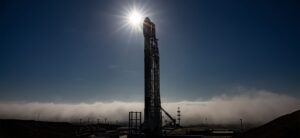
Your articles never fail to captivate me. Each one is a testament to your expertise and dedication to your craft. Thank you for sharing your wisdom with the world.